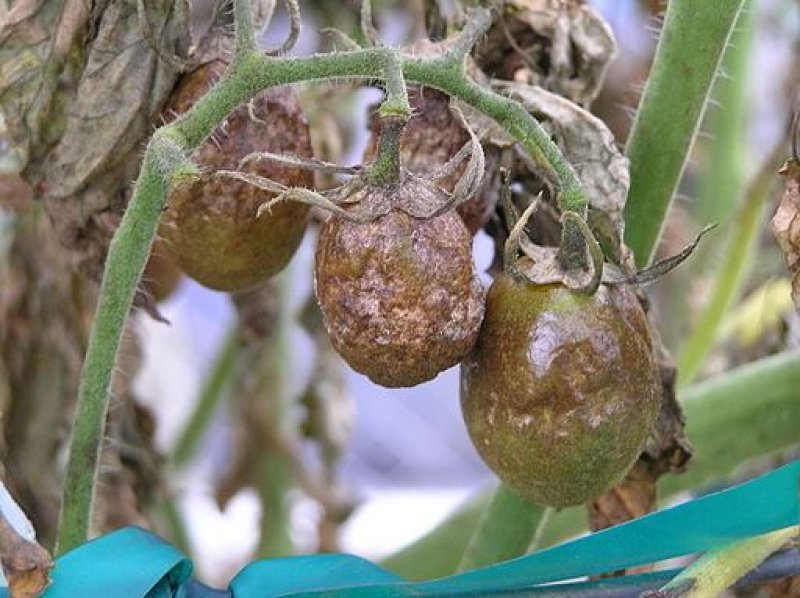The GLP aggregated and excerpted this blog/article to reflect the diversity of news, opinion and analysis.
Scientists are now filling in the gaps in their understanding of plant immunity, . . . If they can understand a plant’s defenses, maybe they can engineer more-robust crops, introducing immune genes that may have been inadvertently bred out of modern varieties. . .
The most direct way to implement knowledge of plant immune pathways in agriculture is to introduce the immune genes themselves into plants. Many wild relatives of domesticated crops still harbor so-called resistance (R) genes that defend plants against specific pathogens. . .
Historically, resistance genes have been bred into crops one gene at a time. But with just one mutation that lets it bypass a new resistance gene, a pathogen can decimate a field of genetically identical crops. “Late blight has been particularly notorious for doing that,” Ristaino says.
. . . [R]esearchers are now looking to give plants whole suites, or “stacks,” of resistance genes. Although this can be done with conventional breeding, researchers and agriscience companies are increasingly drawn to new precision gene-editing techniques such as the CRISPR/Cas9 system. . .
In addition to being dramatically more efficient than conventional breeding, gene editing allows researchers to introduce genes from wild varieties that won’t breed with their domesticated relatives . . . And when resistance genes are successfully bred into plants using conventional methods, they bring in a lot of unwanted extras, which then have to be painstakingly bred out. . .
Like conventional breeding, however, genetic engineering methods still face the challenge of keeping up with a pathogen’s rapid adaptation. . .
But if plant scientists can predict how pathogens might evolve, as virologists do to generate a flu vaccine each year, gene-editing techniques could allow them to generate new crop varieties as quickly as the pathogens mutate. . .
Read full, original post: Holding Their Ground































